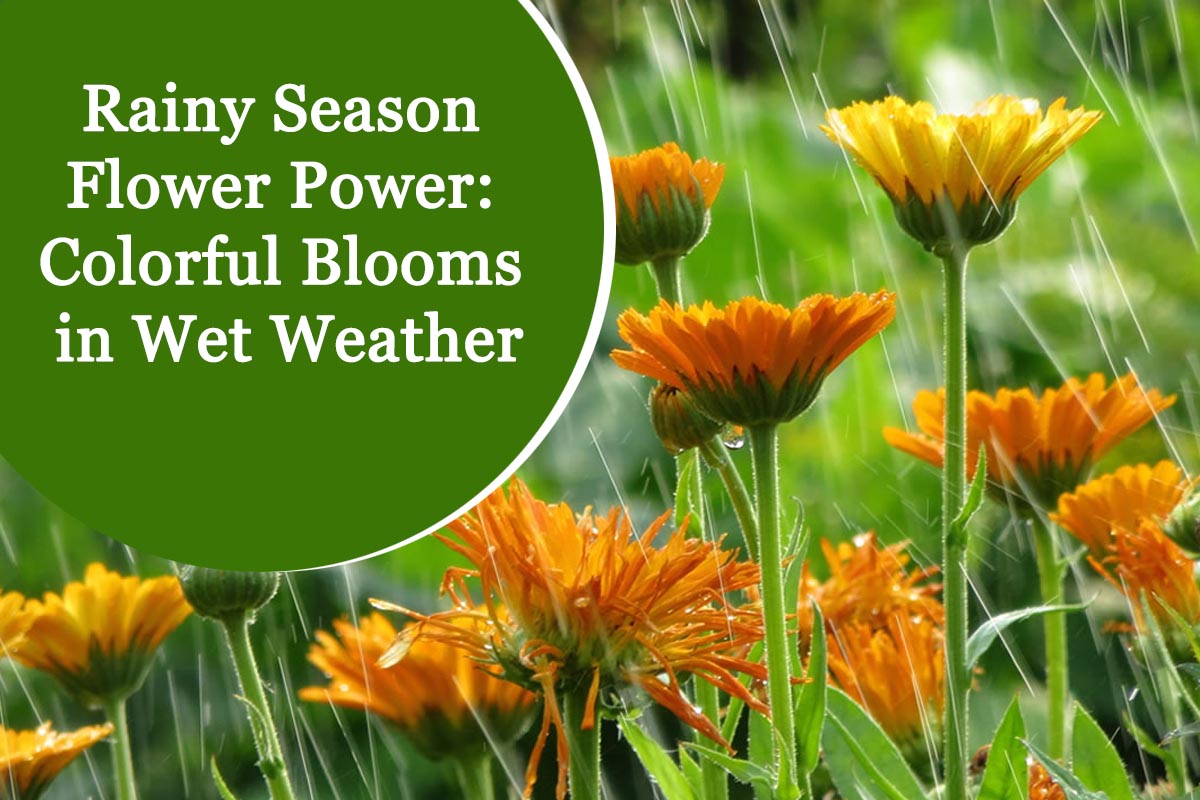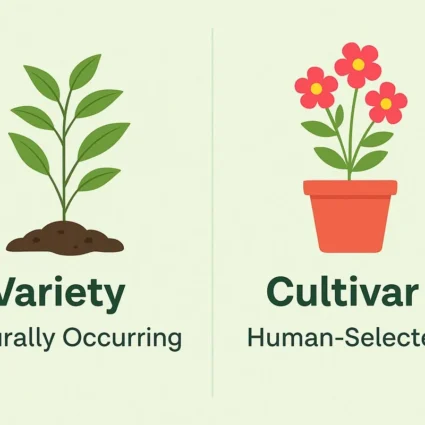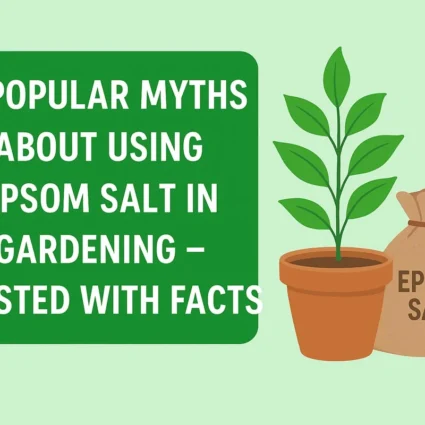
Rainy Season Flower Power: Colorful Blooms in Wet Weather
When the rainy season arrives, it brings a sense of freshness and rejuvenation. While some may think gardens lose their vibrancy during this time, numerous flowering plants thrive in wet weather. These resilient beauties can add colour and joy to your garden, transforming it into a beautiful oasis even on the rainiest days.
Rainy seasons often conjure up images of grey skies and gloomy weather. However, amidst the raindrops and dampness, there is an opportunity for nature’s vibrant beauty to shine through. Rainy season gardens can be a riot of colours, with flowers that bloom effortlessly and add a touch of magic to the wet weather. In this blog post, we will explore the world of colourful blooms that thrive during the rainy season, highlighting some stunning flowers that will bring joy and brightness to your garden even on the rainiest days.
Also Read This :Water-Wise Gardening: How to Conserve Water in Your Garden
Rain-Tolerant Annuals
Annual flowers are an excellent choice for rainy-season gardens, providing a burst of colour throughout the season. Some popular rain-tolerant annuals include Marigolds, Zinnias, Petunias, and Cosmos. These flowers are resilient in wet conditions and come in a wide range of hues, from vibrant yellows and oranges to soft pinks and purples.
Also Read This :Tree Branching Out: A Comprehensive Guide to Growing Trees from Twigs
Splendid Perennials
Perennial flowers offer the advantage of returning year after year, providing consistent beauty in your garden. Many perennials thrive in rainy seasons; their colourful blooms can withstand moisture. Consider planting Geraniums, Coneflowers, Salvia, or Daylilies for stunning flowers that brighten your garden during wet weather. These perennials often come in various shades, allowing you to create vibrant and eye-catching displays.
Also Read This :Exploring the Majestic Big Leaf Plants of India
Delightful Bulbs
Bulb flowers add a touch of elegance to any garden, and some varieties are well-suited for rainy seasons. Rain Lilies, Gladiolus, and Cannas, are excellent choices that produce stunning blooms despite the wet weather. These bulbs come in various colours, including brilliant whites, bold reds, and rich purples, making them a striking addition to your rainy-season garden.
Also Read This : Coco Peat Gardening: Discover the Best Plants to Thrive in this Growing Medium
Graceful Foliage Plants
While flowers are the show’s stars, foliage plants can play an equally important role in creating a visually appealing rainy season garden. Plants like Coleus, Caladiums, and Hostas offer various colourful leaves that thrive in moist conditions. Their vibrant foliage adds texture and interest to your garden, even when the rain prevents the flowers from blooming.
Also Read This :Common Gardening Mistakes and How to Avoid Them
Tropical Beauties
If you live in a region with a tropical climate or experience heavy rainfall during the rainy season, consider embracing exotic tropical plants. Hibiscus, Bougainvillea, and Bird of Paradise are just a few examples of stunning tropical flowers that withstand rain and humidity. Their bold and vivid blooms infuse your garden with a tropical paradise feel.
Also Read This :Gardening for Wildlife: How to Create a Habitat for Birds, Butterflies, and Bees
Let’s talk about some Monsoon Garden Care Tips.
Every season has its importance in the world of gardening. But monsoon is the best time for garden lovers for planting and re-potting. While the rains are a great season for the plants, more rain with a proper arrangement can be necessary for home gardens and house plants in direct rain. So let’s first discuss the care tips you home gardeners need to exercise before it rains down on us.
Also Read This :20 Low-Maintenance Aquarium Plants for Your Home
Rainwater stagnation in base plates is a significant issue. When it rains heavily, your potted plant gets wet, and the water also fills up the base plate, meaning wet feet for your plants that lead to root rot. One easy remedy is to remove the base plates of the plants that get direct rain this season or just empty the base plate after every shower.
It’s time to shift your succulents, cacti, and other drought-resistant plants to drier spots. Move them indoors to a well-lit area or to a place in your garden that will NOT GET any DIRECT RAIN.
Pruning is another essential task soon after summer. Pruning just before monsoon helps in the faster growth of plants and ensures air and sunlight reach every part of the plant.
Also Read This :10 Tips for Growing a Beautiful Garden in a Small Space
Get your delicate or smaller plants to safer spots to protect them from heavy rain and wind. You can also create a canopy with perforated sheets to safeguard your plants. Get your ferns out and into the shower to see new growth. It’s also a great time to prune your plants; the weather aids quicker growth.
Remember that your watering schedule for indoor plants will change in the monsoon season. The air is humid, and the water loss of plants through evaporation would decrease, so water your plants only when the topsoil is dry—the risk of overwatering increases in monsoons.
Also Read This :15 Low Maintenance Indoor Plants for a Stress-Free Home
Humid weather also brings in the prolific growth of weeds. Constant de-weeding is one of the most essential activities of this season.
The high moisture and constant moisture on the leaves mean its pest time. Remember that one way to avoid that is to keep your plants well-ventilated. Spray your plants with neem oil whenever the rain gives you a break (at least every ten days), and spray the underside of the leaves and the nooks and crannies.
Keep an eye out for the slimy trails of slugs and snails; physically pick them out and get rid of them (don’t kill them, release them out into the open). Some slugs and snails come out at night, so hunting for them post-sundown is also a good idea.
Also Read This :The Top Flowers to Attract Butterflies to Your Garden




